Scientists Left Worried After Extensive Patch of the Atlantic Ocean Begins Cooling at a Record Rate
Scientists have observed an unexpected phenomenon in the central equatorial Atlantic Ocean: sea surface temperatures plummeted at a record pace.
This unusual cooling has puzzled experts, who are now racing to understand what might be causing such a rapid change. Could it be a sign of a larger, more significant climatic event?
The Atlantic Ocean
The Atlantic Ocean is the second largest ocean on Earth, making up around 20% of our planet’s surface.
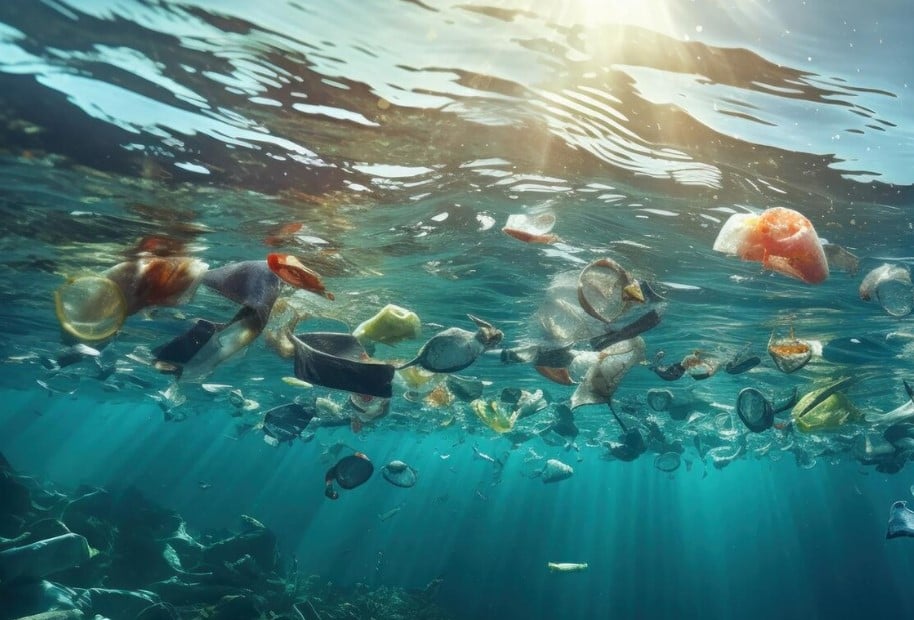
It separates the Americas from Africa and Europe and is estimated to hold around 29% of the water on Earth. According to researchers, it’s the youngest of the world’s oceans, having formed around 150 million years ago during the Jurassic Period.
The Atlantic’s Seasons
Similar to how we experience seasons on the land, the oceans undergo yearly transformations due to changing weather patterns.
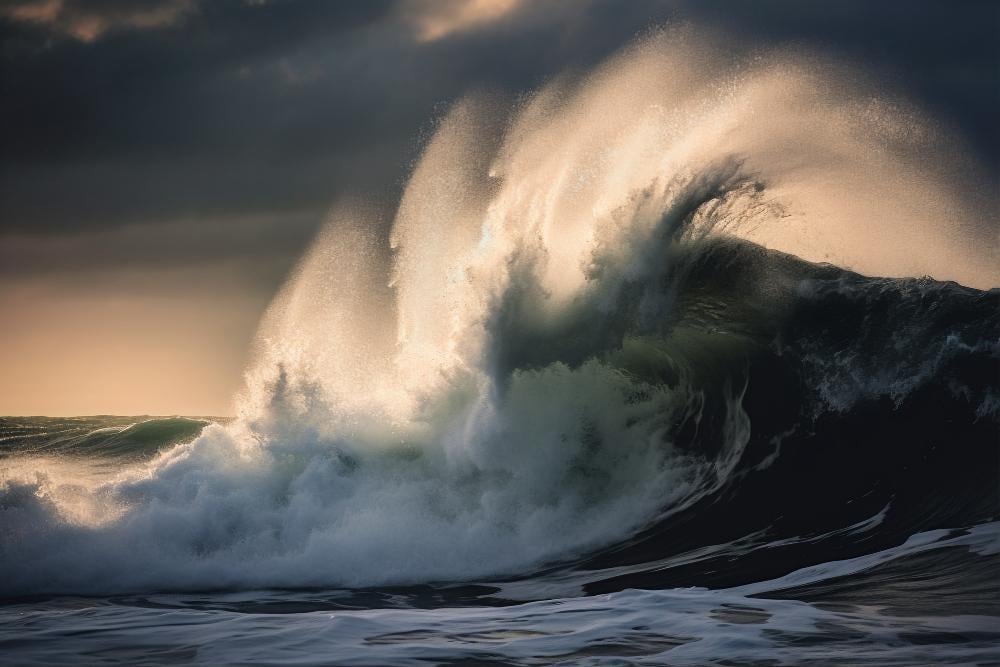
Source: Freepik
The oceans of the world, including the Atlantic, experience three major seasons: winter storms, upwelling, and oceanic.
Seasons of the Sea
Winter storms typically begin in December and last through February. During this period, oceans experience enormous swells, and waters are at their coldest. By March, winds begin churning up colder, nutrient-dense waters, which start a chain reaction stimulating the oceanic food chain.
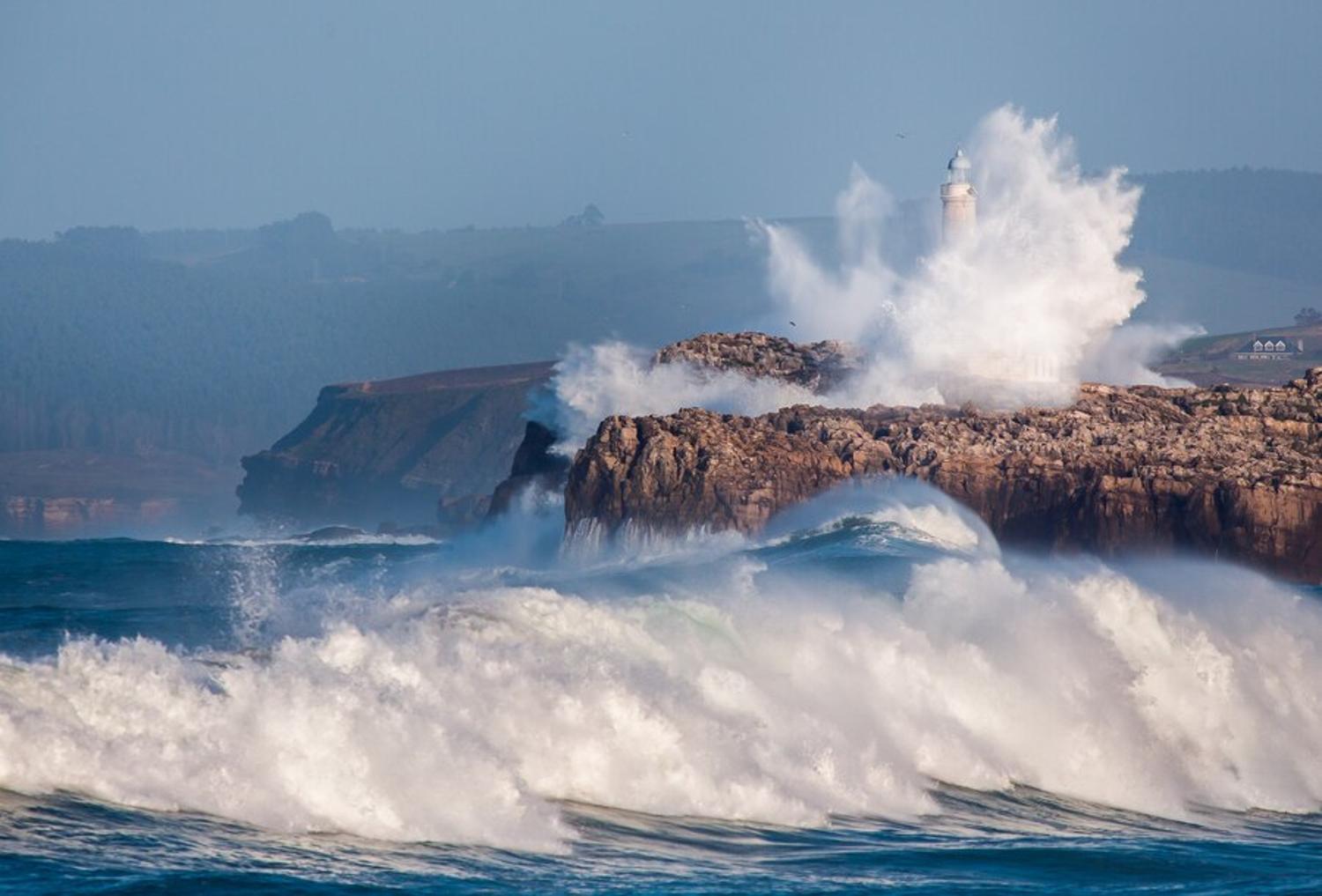
Source: Freepik
In September, winds begin to slow down during the Oceanic season, and the water starts to relax. Warmer waters are expected during the subsequent months.
Sharp Drop in Temperature Leaves Scientists Worried
While the seasons can vary depending on the year, generally, climate experts aren’t worried about minor changes.

Source: Freepik
However, this year, one part of the Atlantic Ocean experienced a sharp drop in the temperature, which has since worried scientists and climate experts around the world.
The Rapid Cooling Explained
Between March and June 2024, the Atlantic’s surface water temperatures dropped from a high of 86°F to below 72°F, a swing not seen since 1982.
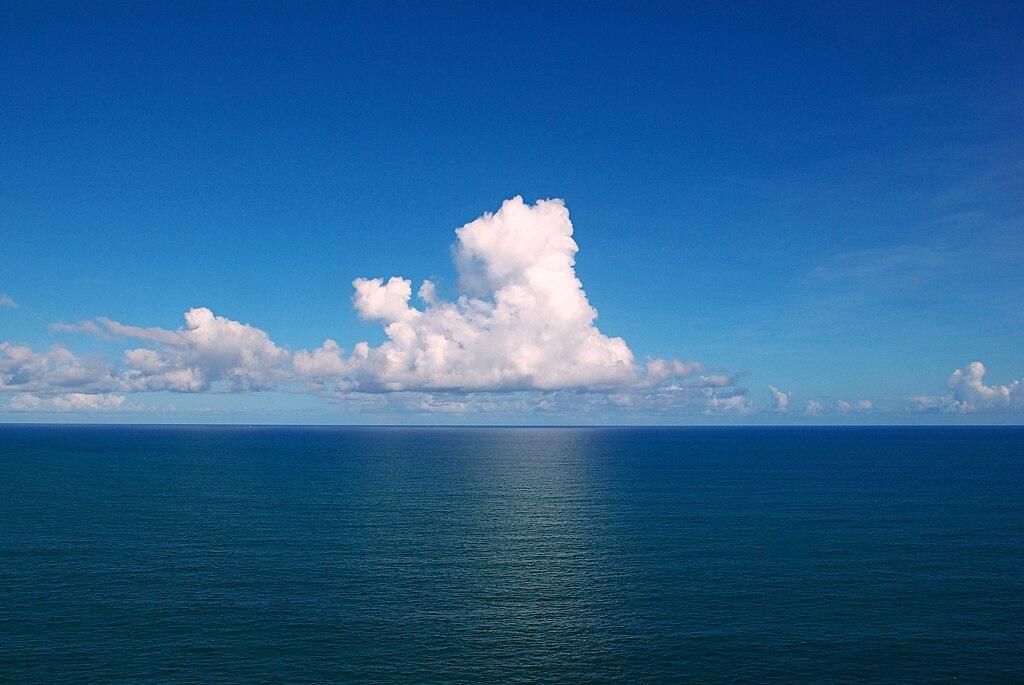
Source: Freepik
This dramatic decline has left scientists worried as they’ve been unable to discern what has caused the drastic drop in temperatures.
Scientists Left Scratching Their Heads
Michael McPhaden from the National Oceanic and Atmospheric Administration (NOAA) highlighted the urgency of their situation during a press release. Yet, he doesn’t know why the temperatures dropped so suddenly in the Atlantic.

Source: Wikimedia
“We are still scratching our heads as to what’s actually happening,” he said.
What is the Central Equatorial Atlantic?
The central equatorial Atlantic is a strip of water stretching from Brazil to the coast of East Africa, a region known for its warm sea surface temperatures during the spring.
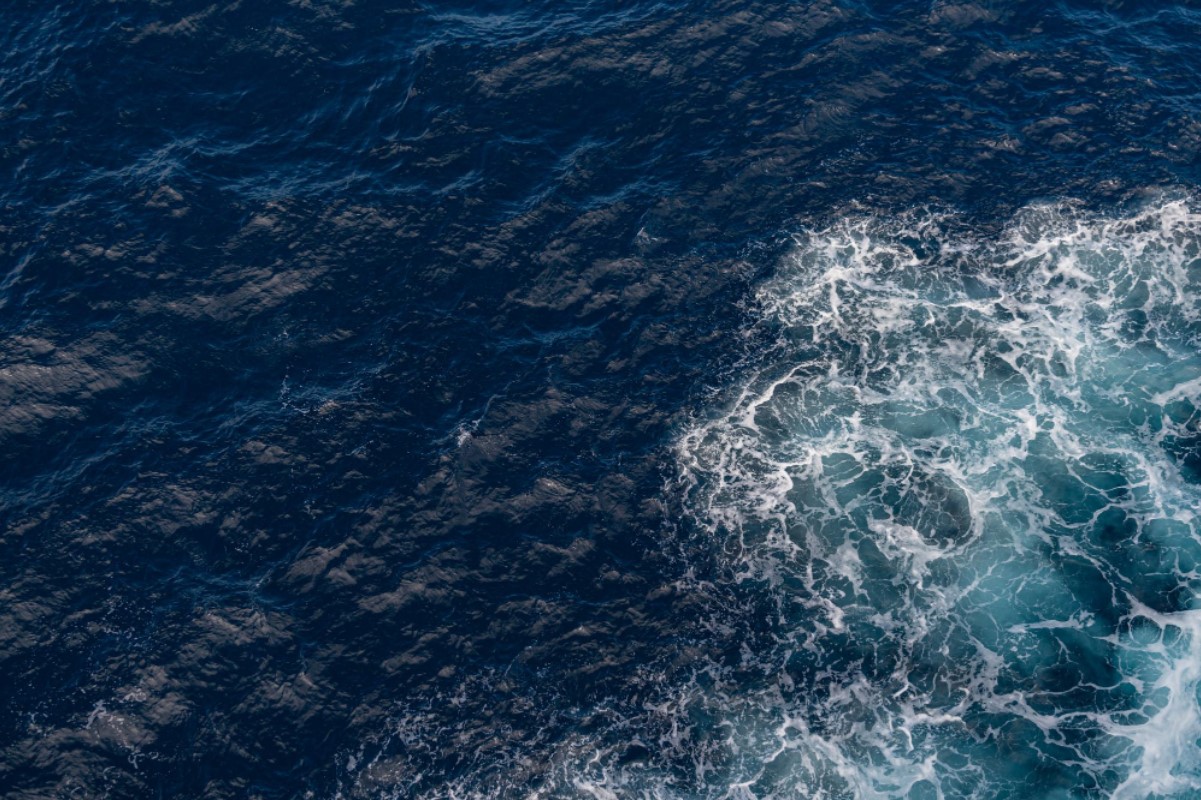
Source: Wikimedia
Typically, the area reaches its peak warmth in March and April before cooling off in the summer. However, this year, the cooling has been far more severe and quicker than usual.
How Do Ocean Temperatures Usually Change?
Each year, the central equatorial Atlantic undergoes a predictable temperature cycle, warming up by early spring and gradually cooling into the summer months.
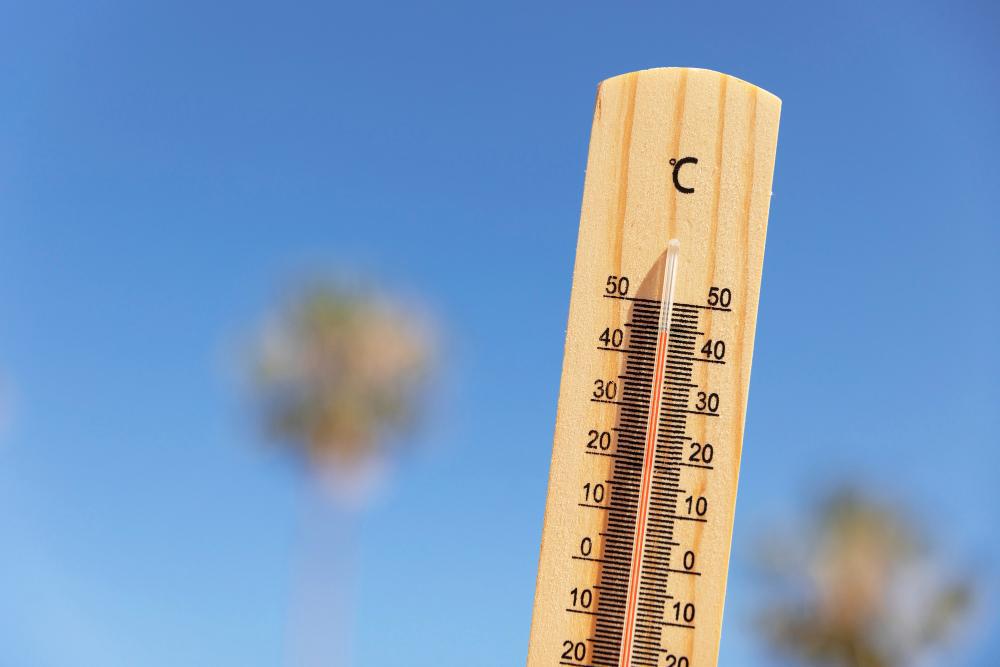
Source: Wikimedia
This year, however, temperatures began to drop sharply starting in June, reaching levels 0.9–1.8°F colder than the seasonal average by mid-June. The speed of this change is what has caught scientists by surprise.
The Role of Trade Winds in Ocean Cooling
Trade winds usually play a critical role in cooling the Atlantic by blowing across the equator and promoting a process known as equatorial upwelling.

Source: Tim Graham/Getty Images
This brings colder, deep ocean water to the surface during one of the three major seasons previously mentioned. However, the winds were weaker than usual this year.
Unusual Anomaly Furthers Confuses Researchers
During periods of weaker winds, the Atlantic Ocean usually experiences slightly warmer waters. However, the sharp drop in temperature has resulted in the opposite.

Source: Wikimedia
This anomaly has further deepened the mystery, leaving many researchers lost for words when trying to explain the current phenomenon.
Researchers Search For the Cause of the Cooling
According to Franz Tuchen, a postdoctoral research associate at the University of Miami in Florida who is tracking the temperature of this part of the Atlantic, the winds “are doing the opposite of what they should be doing if they were the reason for the cooling.”

Source: Freepik
The researcher essentially ruled out the winds as the leading cause behind the cold event, adding, “At the moment, we believe that the winds are actually responding to the cooling.”
Could Intense Winds Be to Blame?
Some scientists speculate that a burst of intense winds in early May may have initiated the cooling process. This provides one theory that could explain why the water’s temperature dropped so quickly.
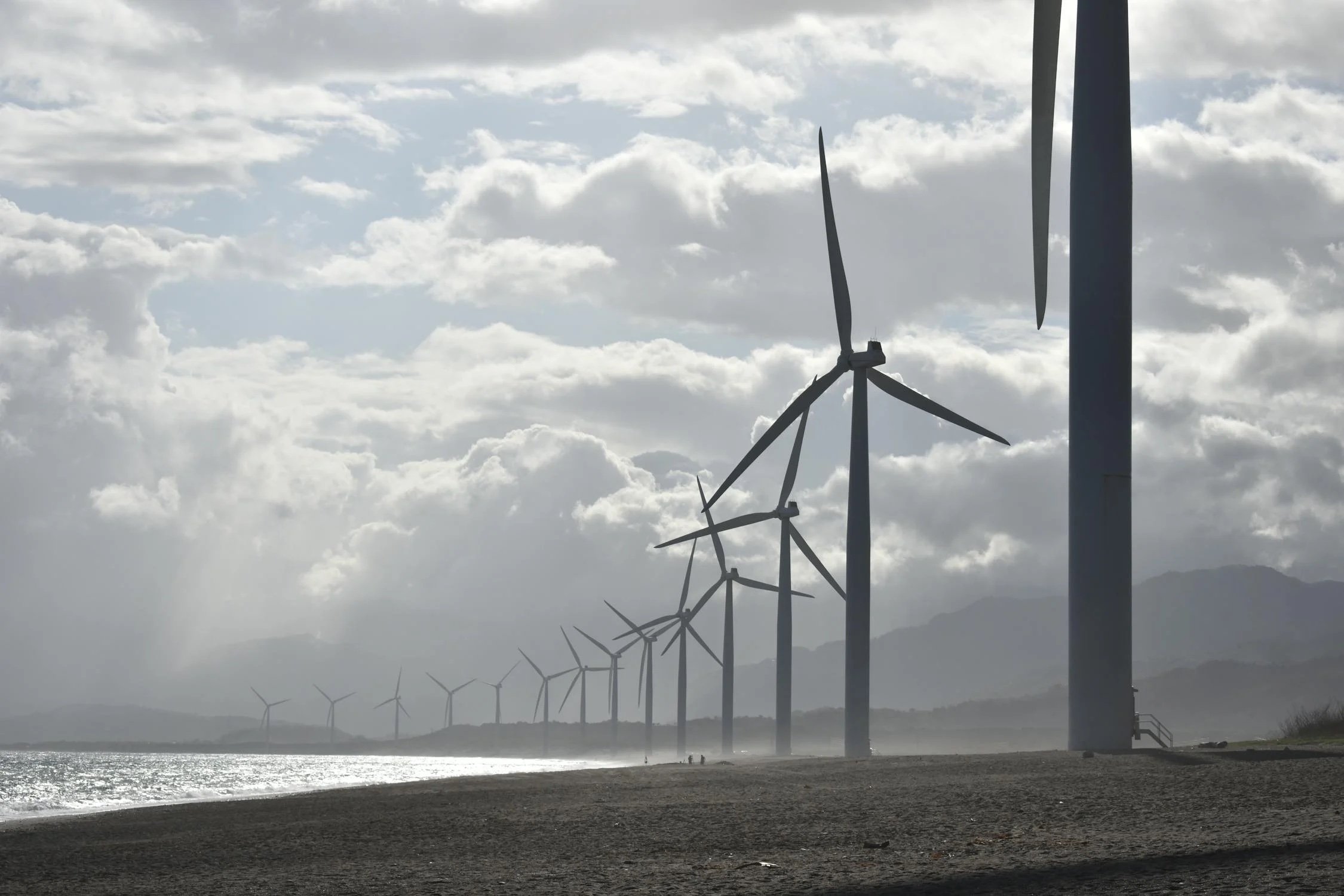
Source: Jem Sanchez/Pexels
However, these winds were not unusually strong or sustained enough to account for the drastic temperature drop.
Researchers Left to Wonder
As it seems unlikely the stronger winds are to blame for such a significant drop in the water temperature, researchers are left wondering what could be behind the unusual phenomenon.

Source: Wikimedia
Clearly, more complex factors are at play that scientists have yet to fully understand. However, they hope to analyze data collected from the months before the drop in temperature and find an explanation.
Is This a Prelude to an Atlantic Niña?
The sudden cooling in the Atlantic raises concerns about a possible Atlantic Niña event—a period of prolonged below-average sea surface temperatures similar to the Pacific’s La Niña.
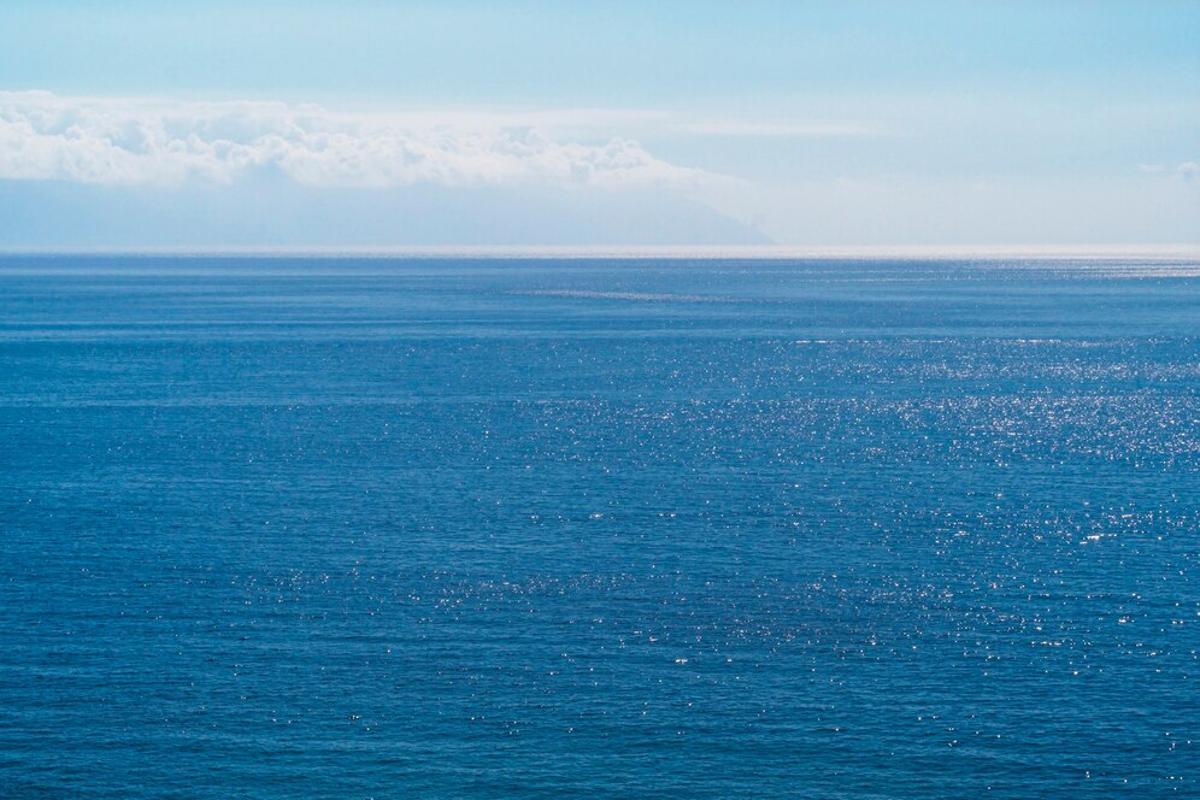
Source: Freepik
If these cooler conditions persist for three months, it would mark the first Atlantic Niña since 2013, potentially altering weather patterns across multiple continents.
Potential Impacts of an Atlantic Niña
Atlantic Niña events can cause substantial shifts in regional weather patterns, including less rainfall in the Sahel, increased rain over the Gulf of Guinea, and changes in the rainy season across northeastern South America.
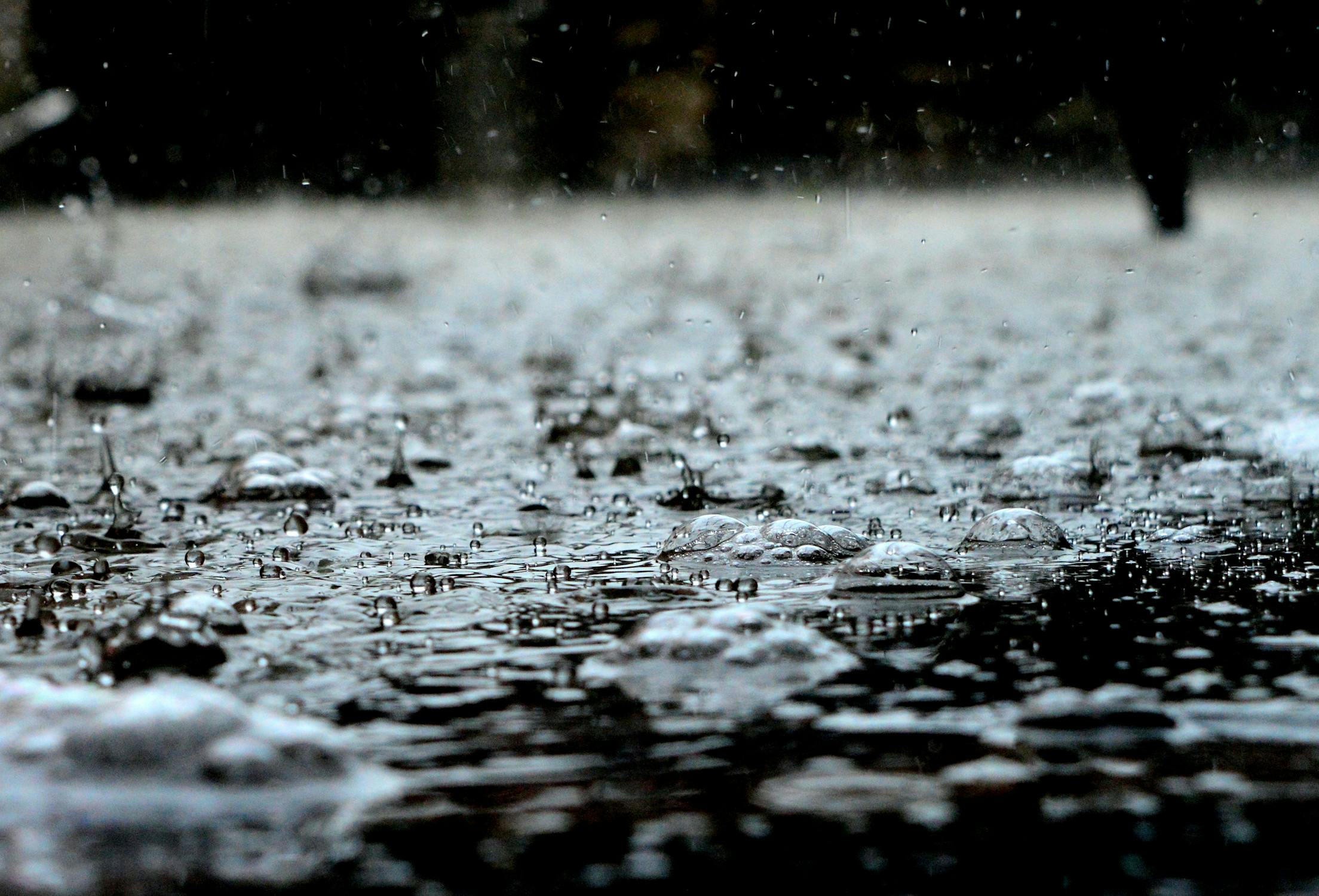
Source: Pixabay
In 2012 and 2013, Atlantic Niña conditions were linked to severe droughts and flooding in Brazil, demonstrating the far-reaching impacts of such oceanic changes.
Scientists Rule Out Atlantic Nina
In the weeks following the observation, scientists noted that the cold pocket of water had already begun warming.

Source: Freepik
Thus, according to Tuchen, “the verdict is already quite certain that it’s not gonna be classified as Atlantic Niña.”
Could Cooling Waters Affect Hurricane Season?
Interestingly, the current cooling trend could have a silver lining. If it continues, the colder waters might reduce the likelihood of powerful hurricanes forming near the Cape Verde Islands.
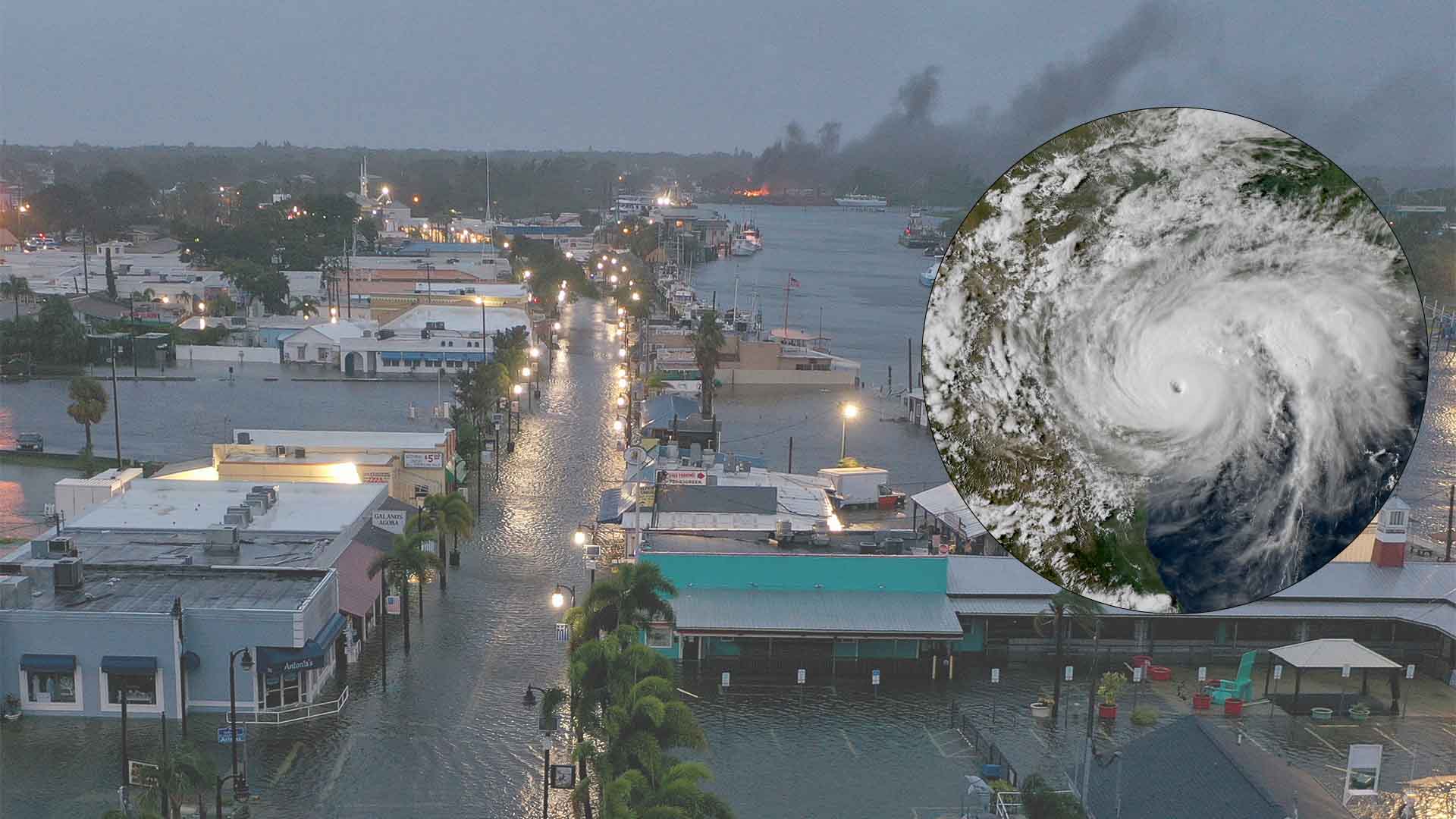
Source: Joe Raedle/Getty Images; NOAA/Wikipedia
With a particularly active hurricane season predicted, this cooling could help reduce the threat some of the storm activity typically fueled by warmer ocean waters.
Uncertainty and Climate Change
While some may wonder if climate change is a factor, scientists like Dr. McPhaden are cautious in linking this specific cooling event to global warming.

Source: Freepik
He suggests it might be “a natural variation of the climate system over the equatorial Atlantic,” although the full picture is yet to be understood.
Researchers Wait to See What Happens
Using data collected from satellites, oceanic buoys, and other tools, researchers such as Tuchen and McPhaden have been able to actively track the cold patch and determine whether it has any long-term effects on the ocean.

Source: Wikimedia
“It’s potentially going to be a consequential event,” said McPhaden. “We just have to watch and see what happens.”
Investigating the Cold Event
Using the tools at their disposal, climate scientists, including Tuchen, have modeled various climatic processes to discern what caused the cold event, even considering the possibility of a strong heat flux.
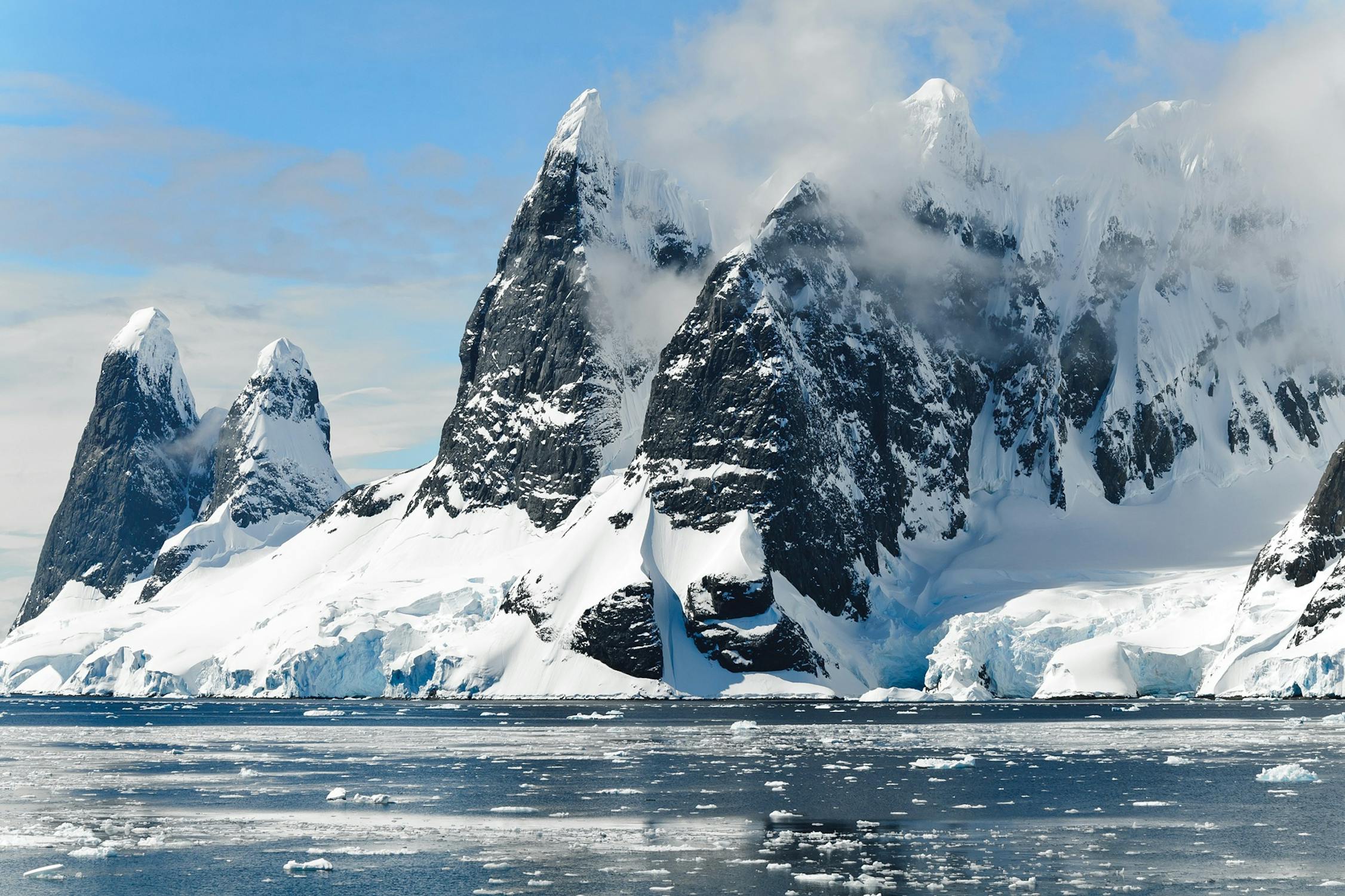
Source: Pixabay/Pexels
“From what we see, these are not obvious drivers of this cooling event,” said Tuchen.
Scientists Aim to Understand the Event Better
As water temperatures have now risen back to their usual levels, climate researchers can breathe a sigh of relief. However, they’ll undoubtedly continue to investigate the cold event in hopes of better understanding ocean climatic patterns.
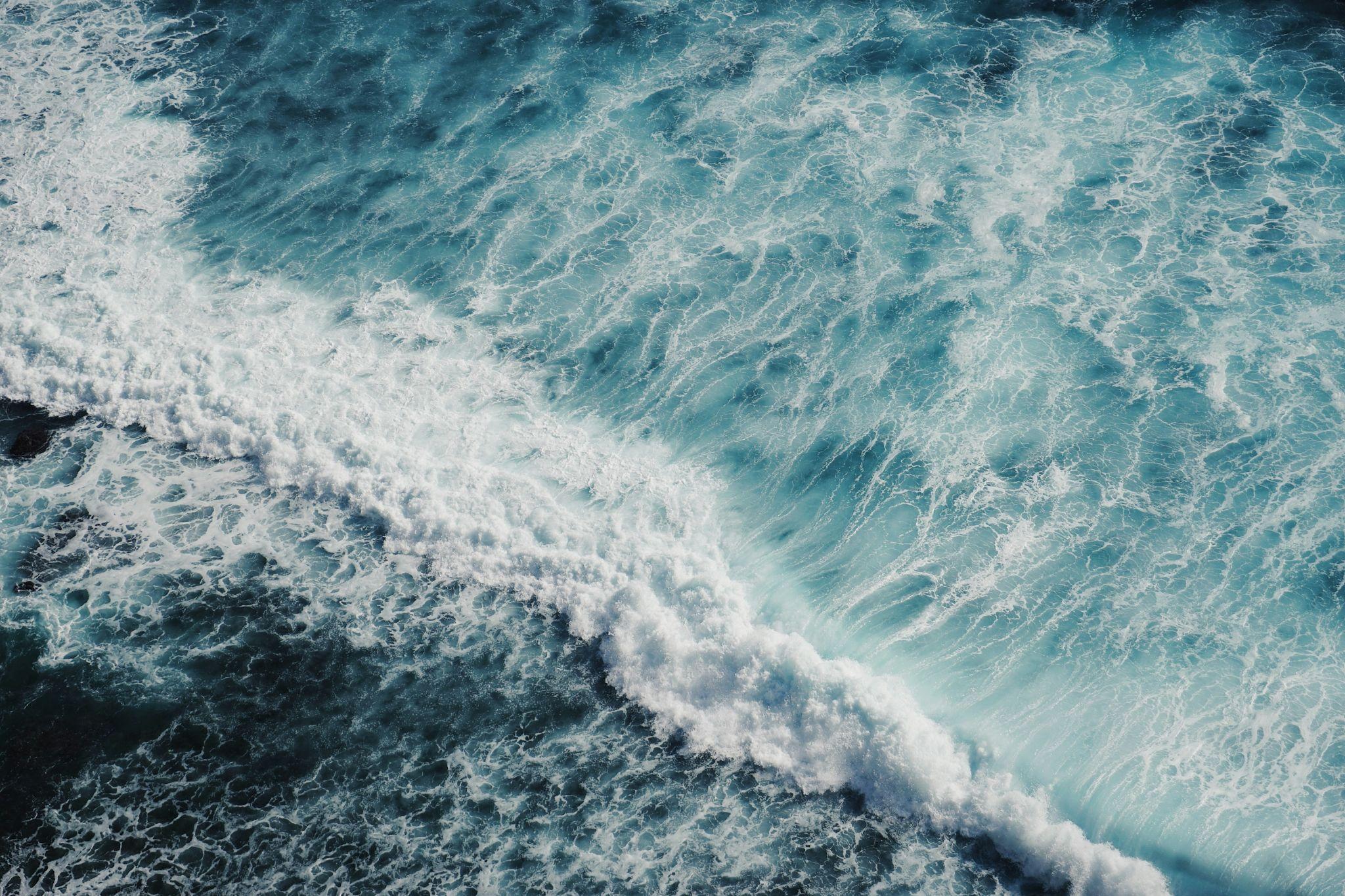
Source: Andrzej Kryszpiniuk/Unsplash
“It could be some transient feature that has developed from processes that we don’t quite understand,” said Dr. McPhaden.
What’s Next for Ocean Researchers?
Oceanographers and climatologists are now intensively monitoring the cooling waters, deploying more sensors and conducting detailed studies to decipher the underlying causes.
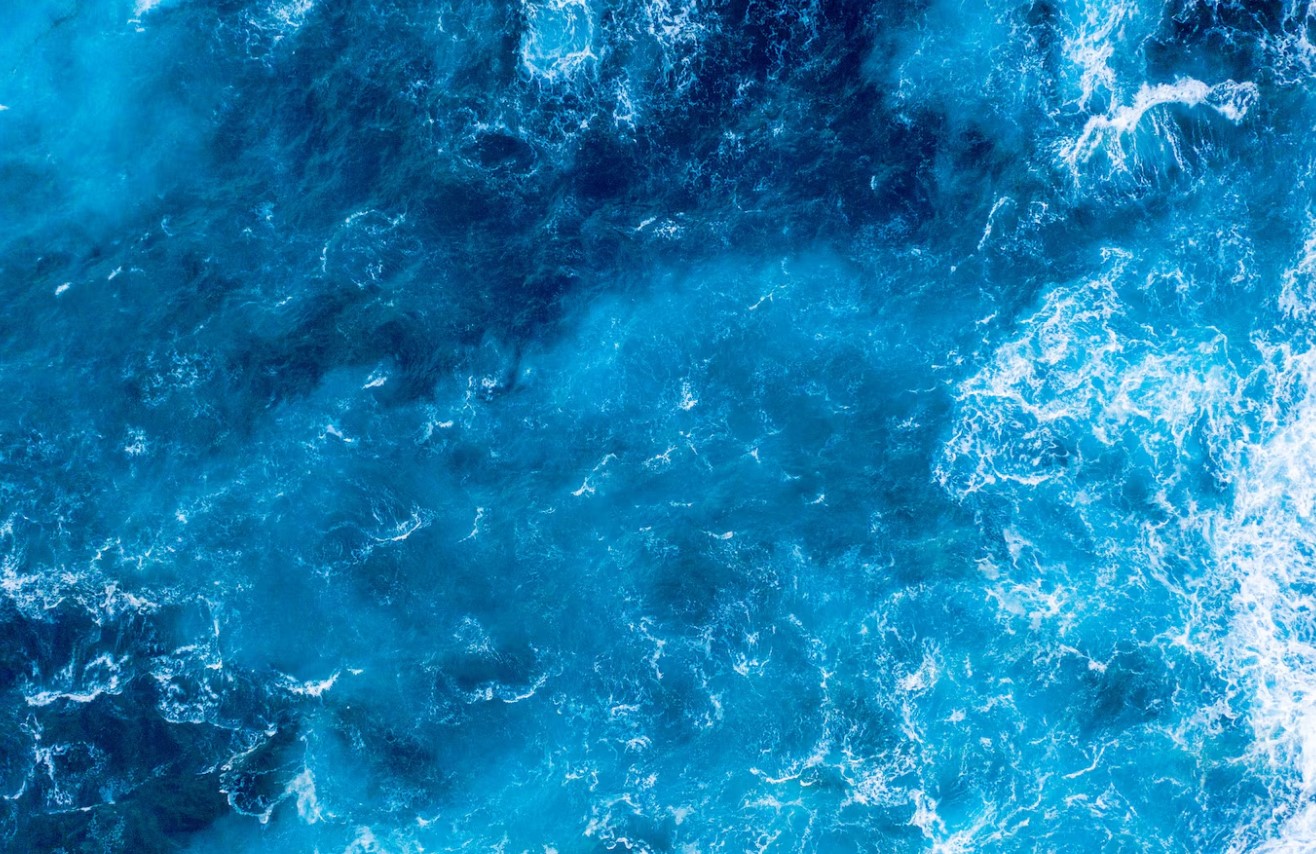
Source: wirestock/Freepik
Understanding this event is vital not just for climate science but also for predicting future weather patterns and preparing for their potential impacts.
Why It Matters
The cooling of the central Atlantic is more than just an oceanic curiosity—it could hold the key to understanding broader climate dynamics.
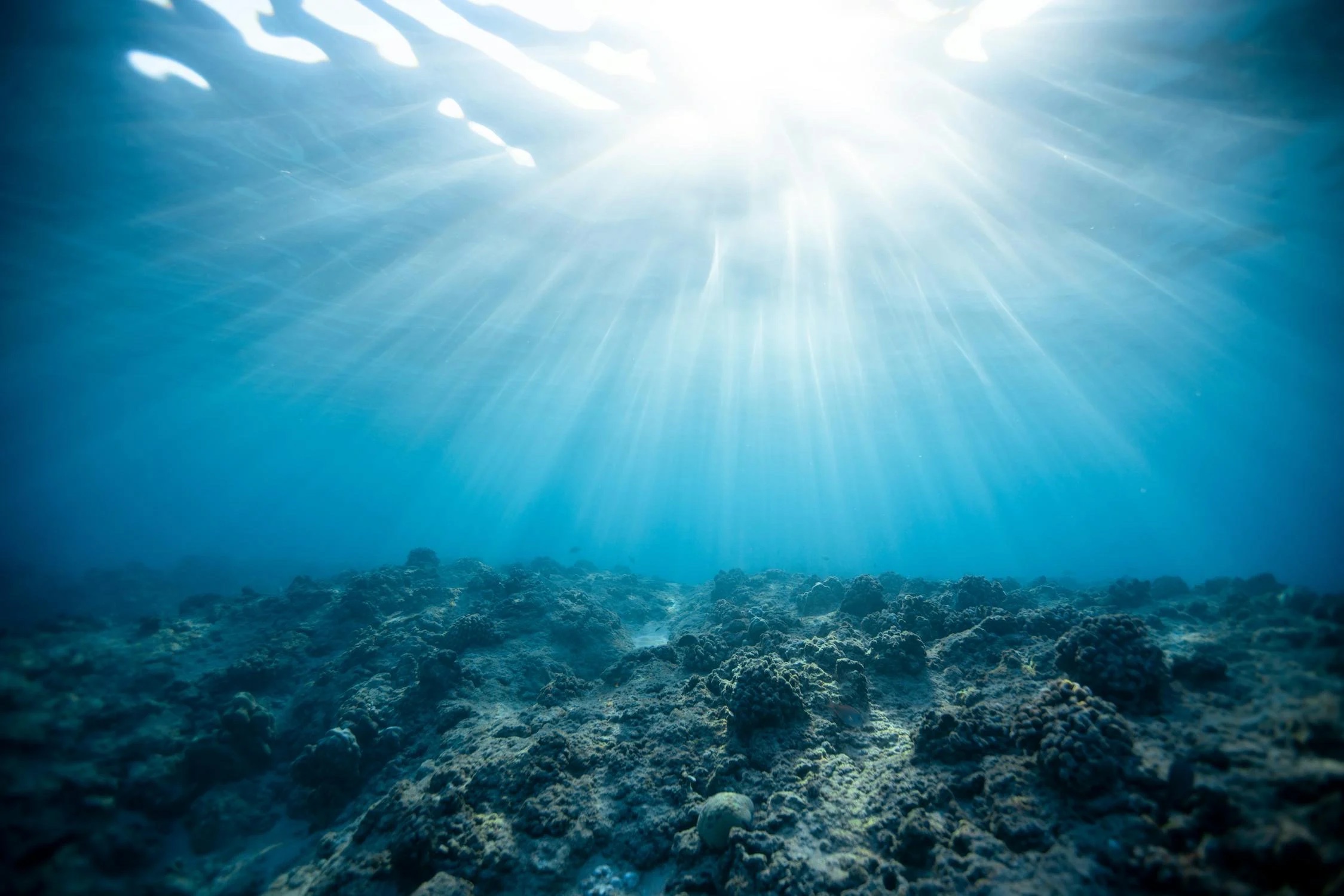
Source: Jeremy Bishop/Pexels
As scientists continue to investigate, the world watches closely, aware that even seemingly small changes in the ocean can ripple across the globe, affecting weather, ecosystems, and human lives.
